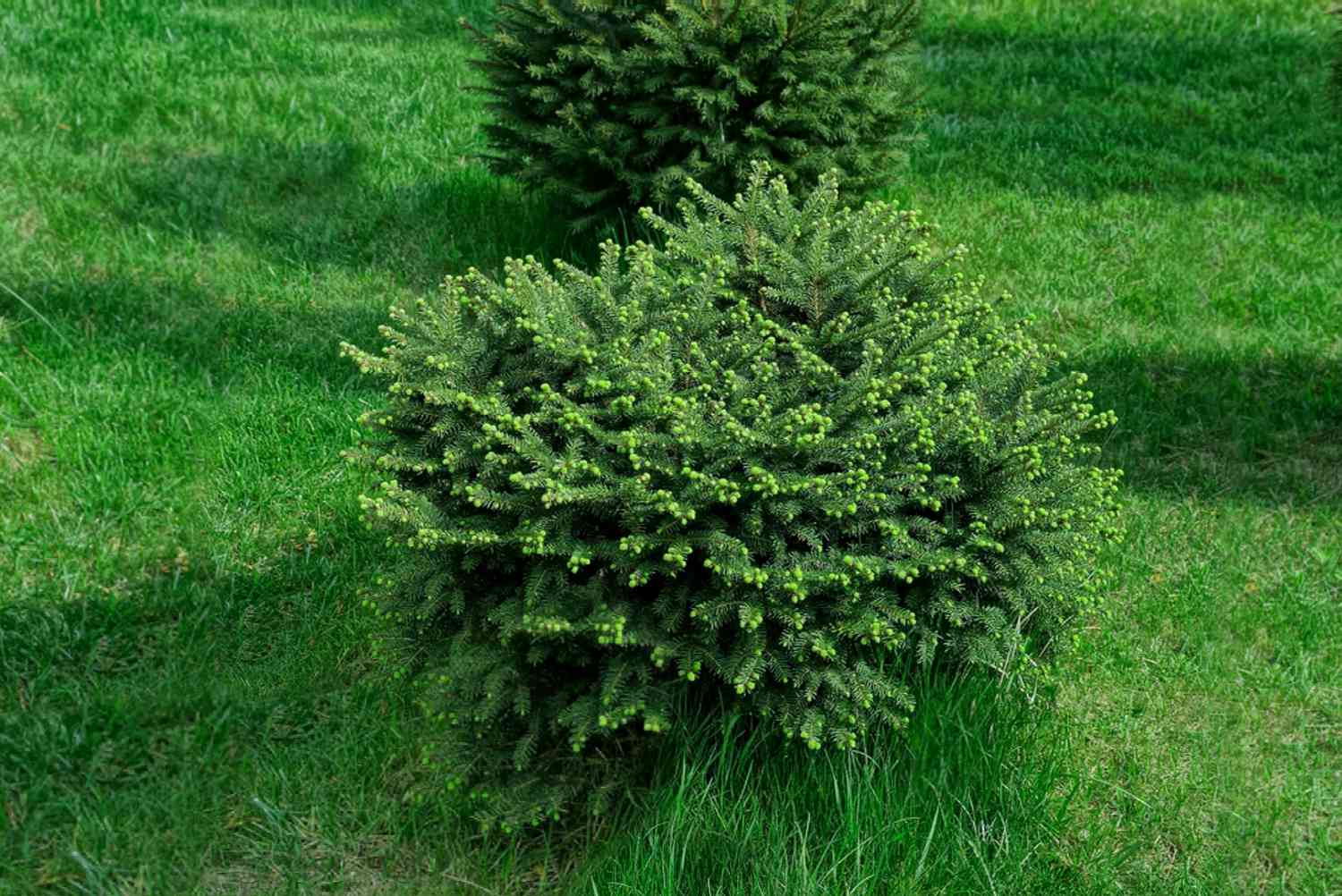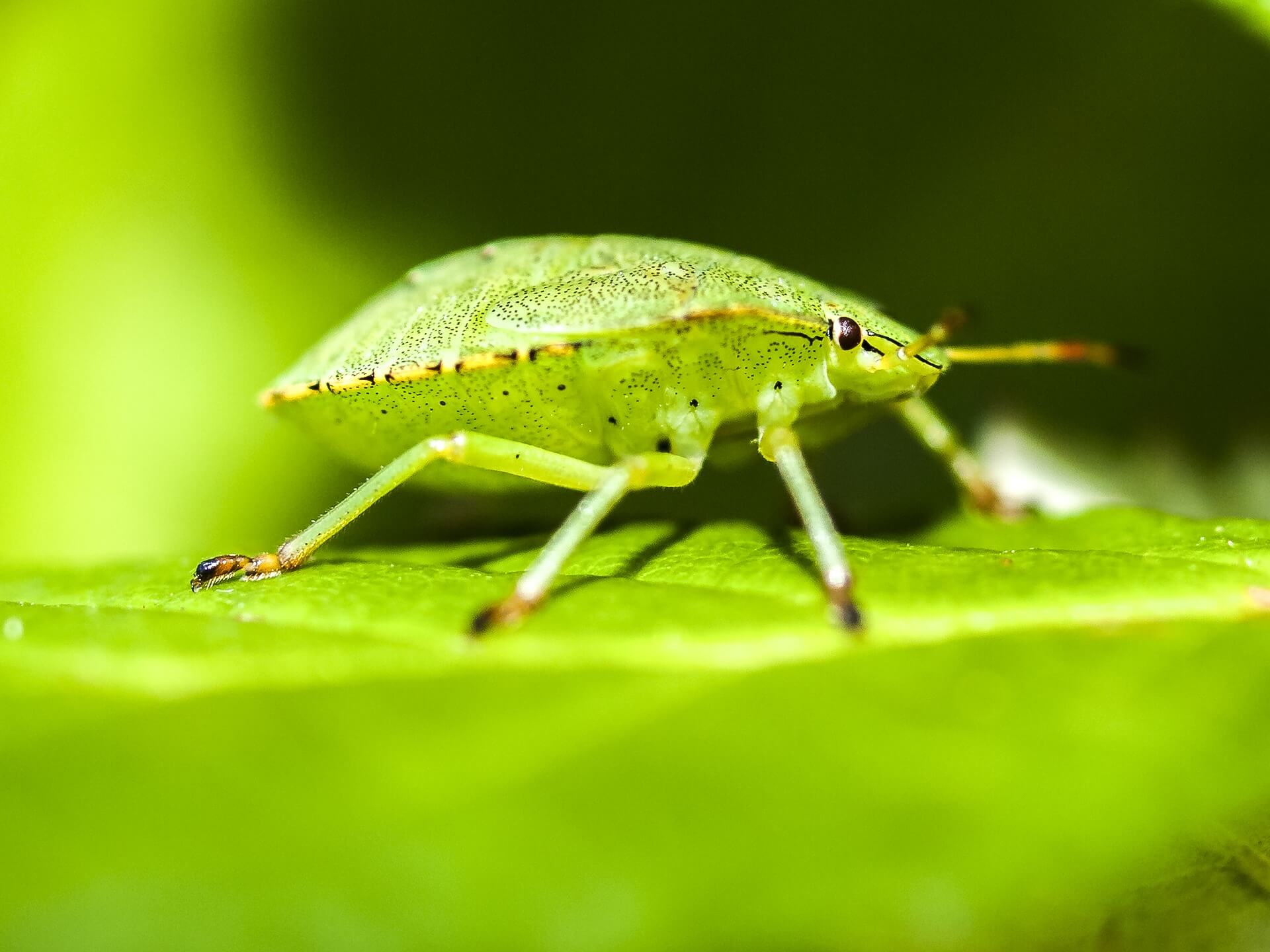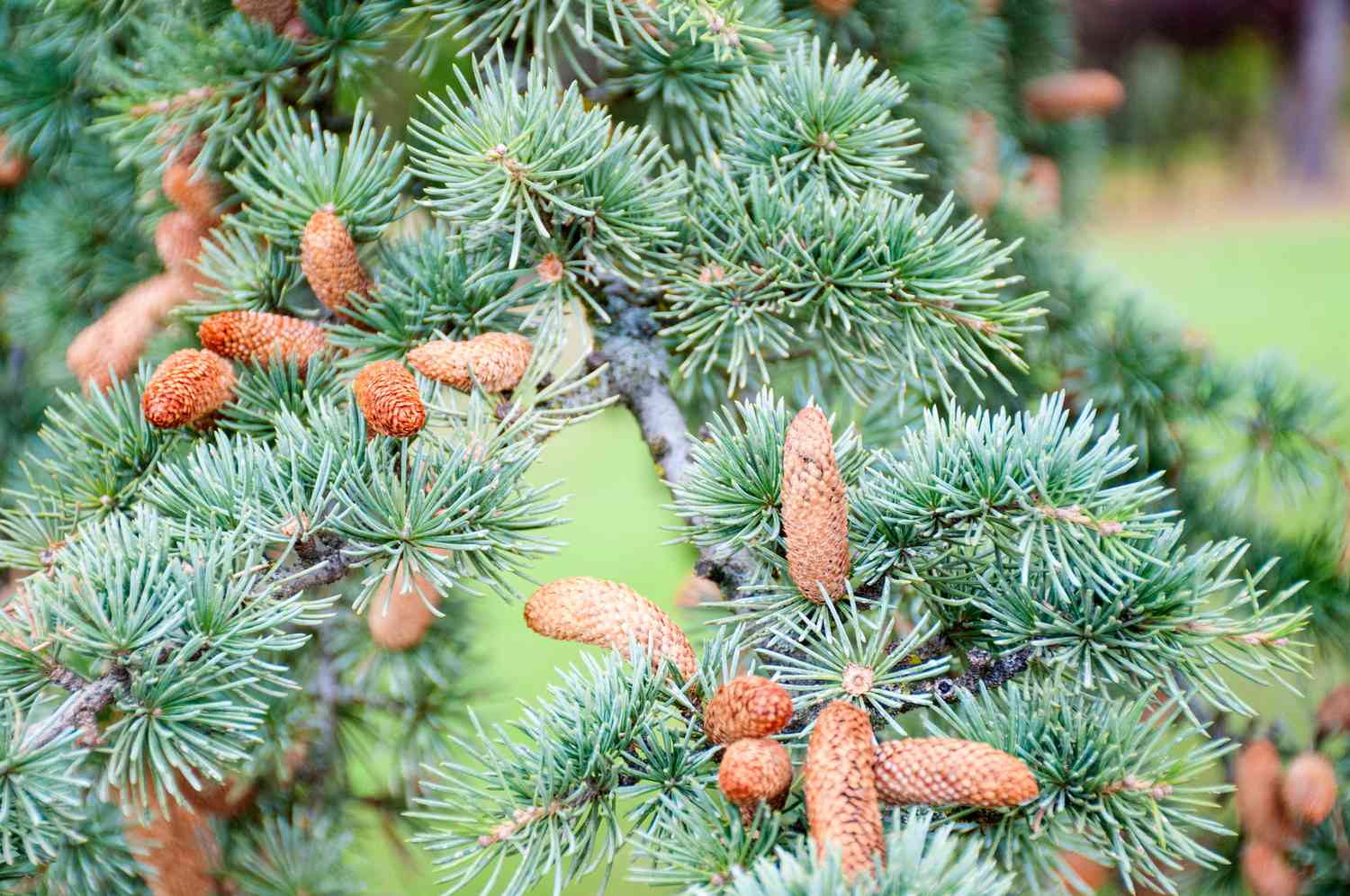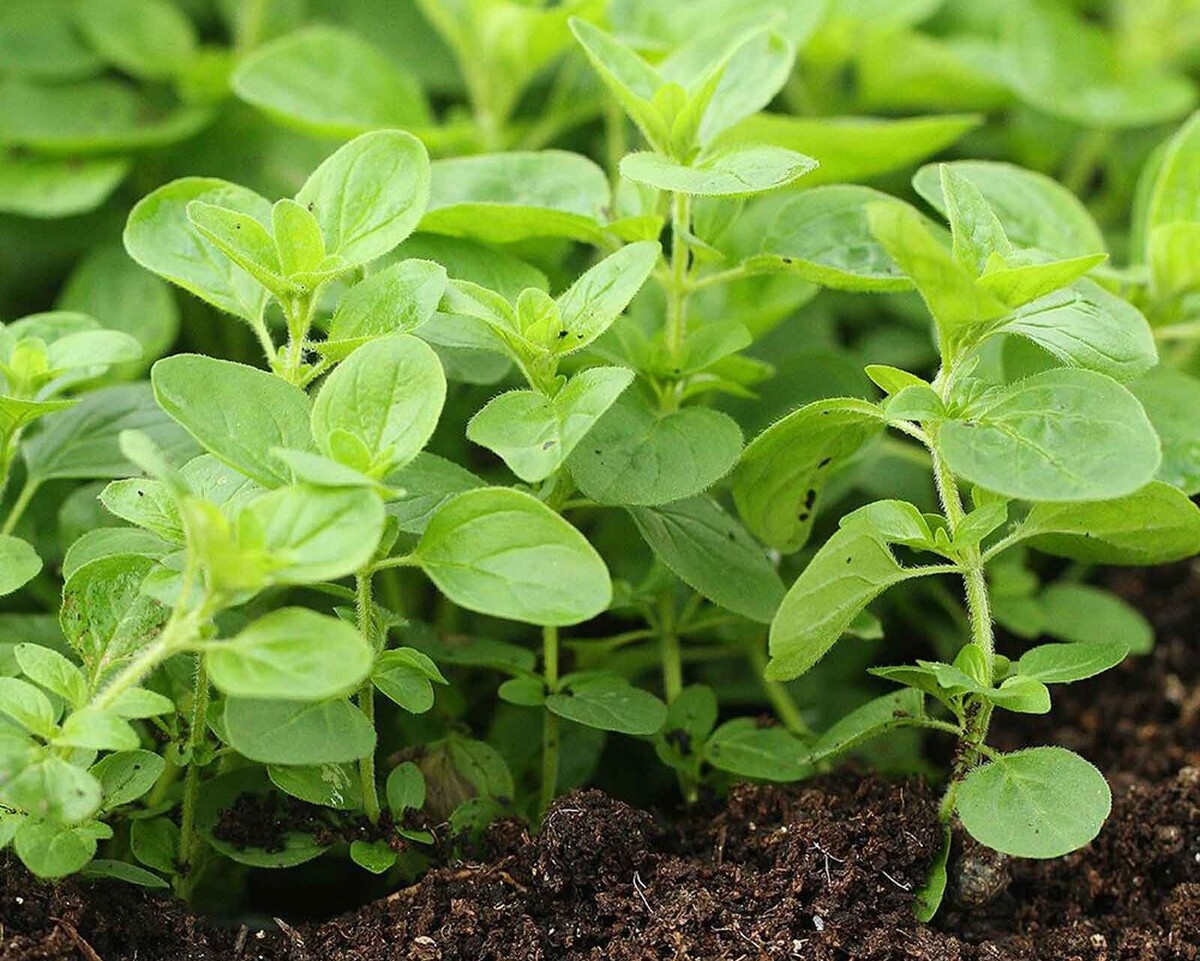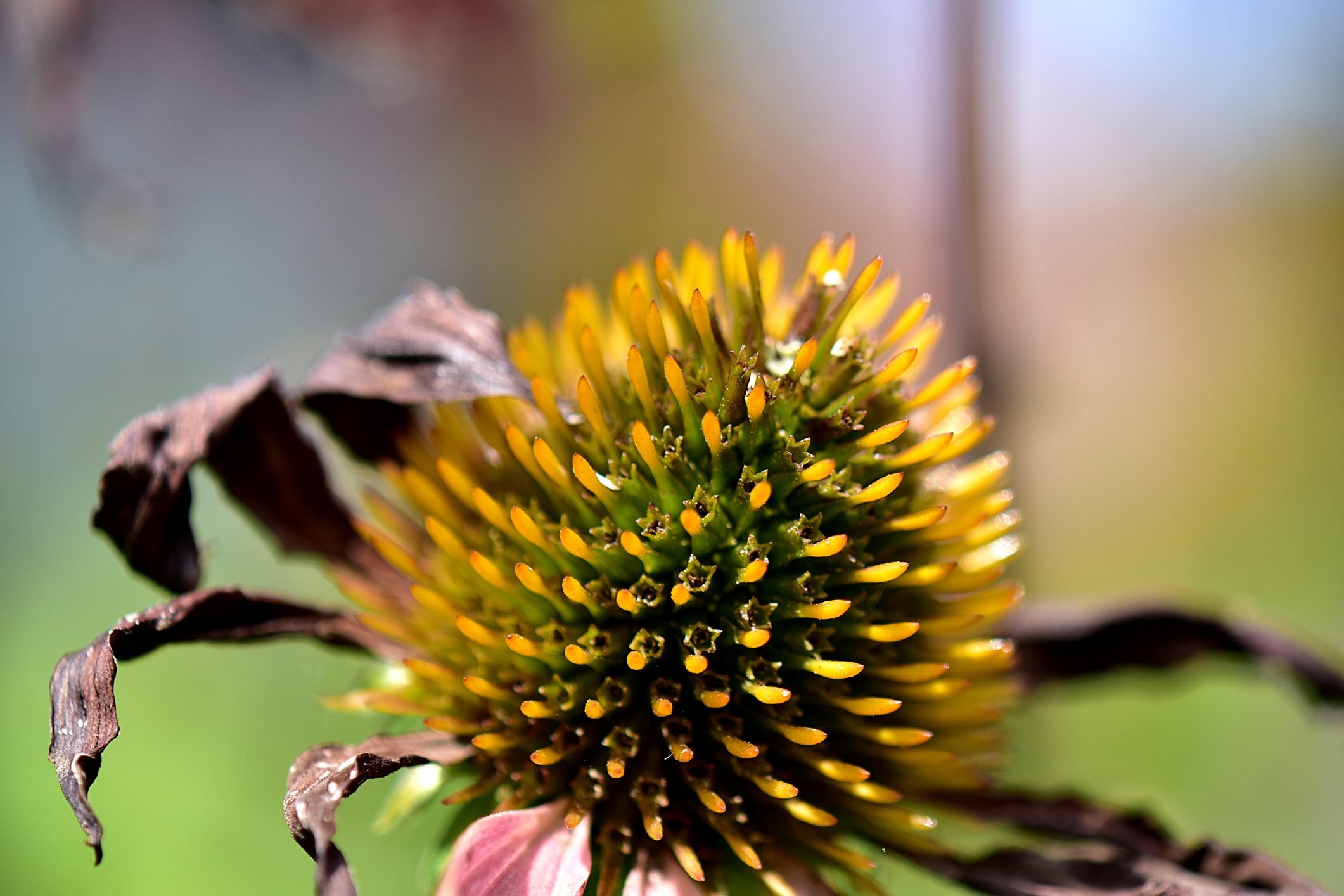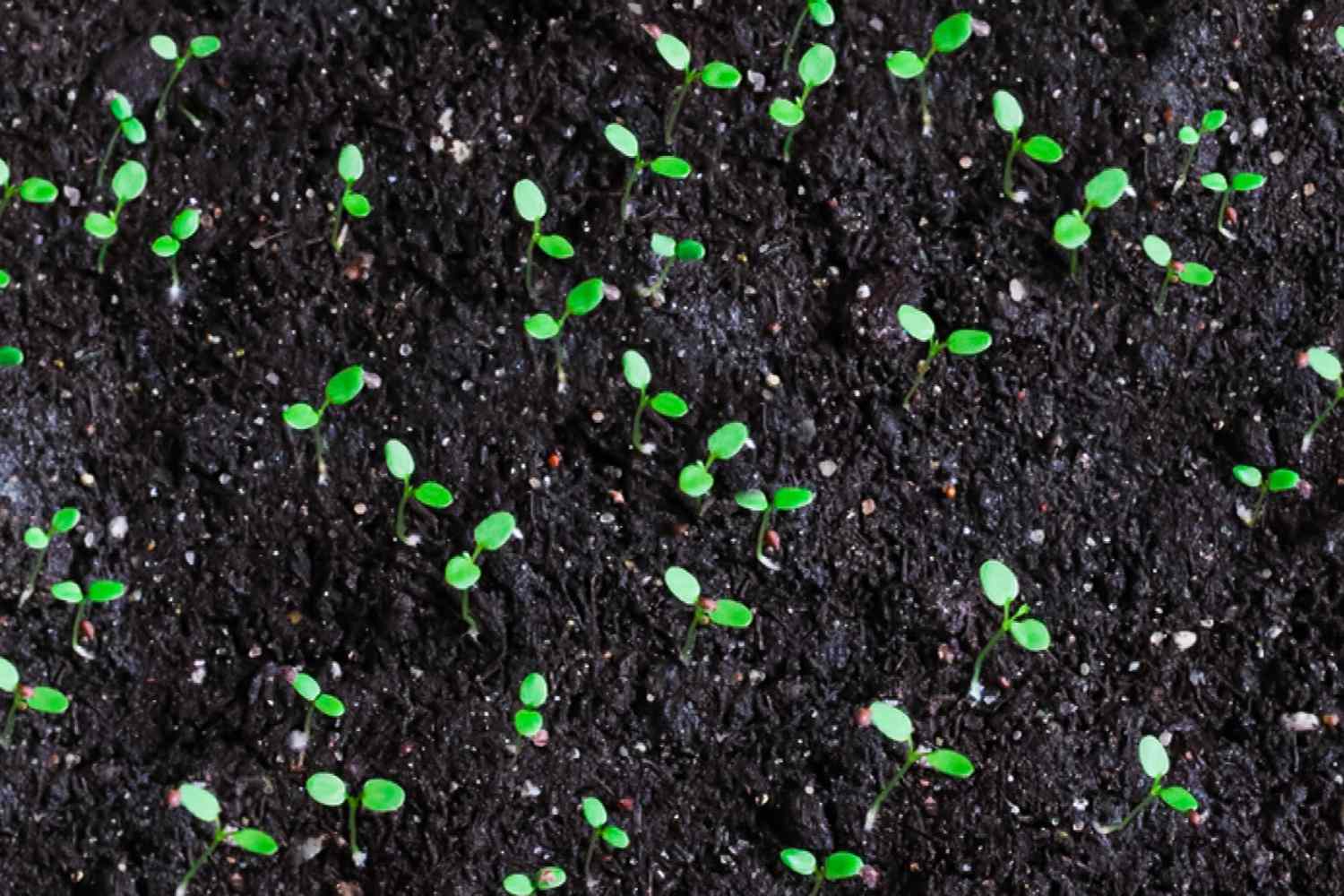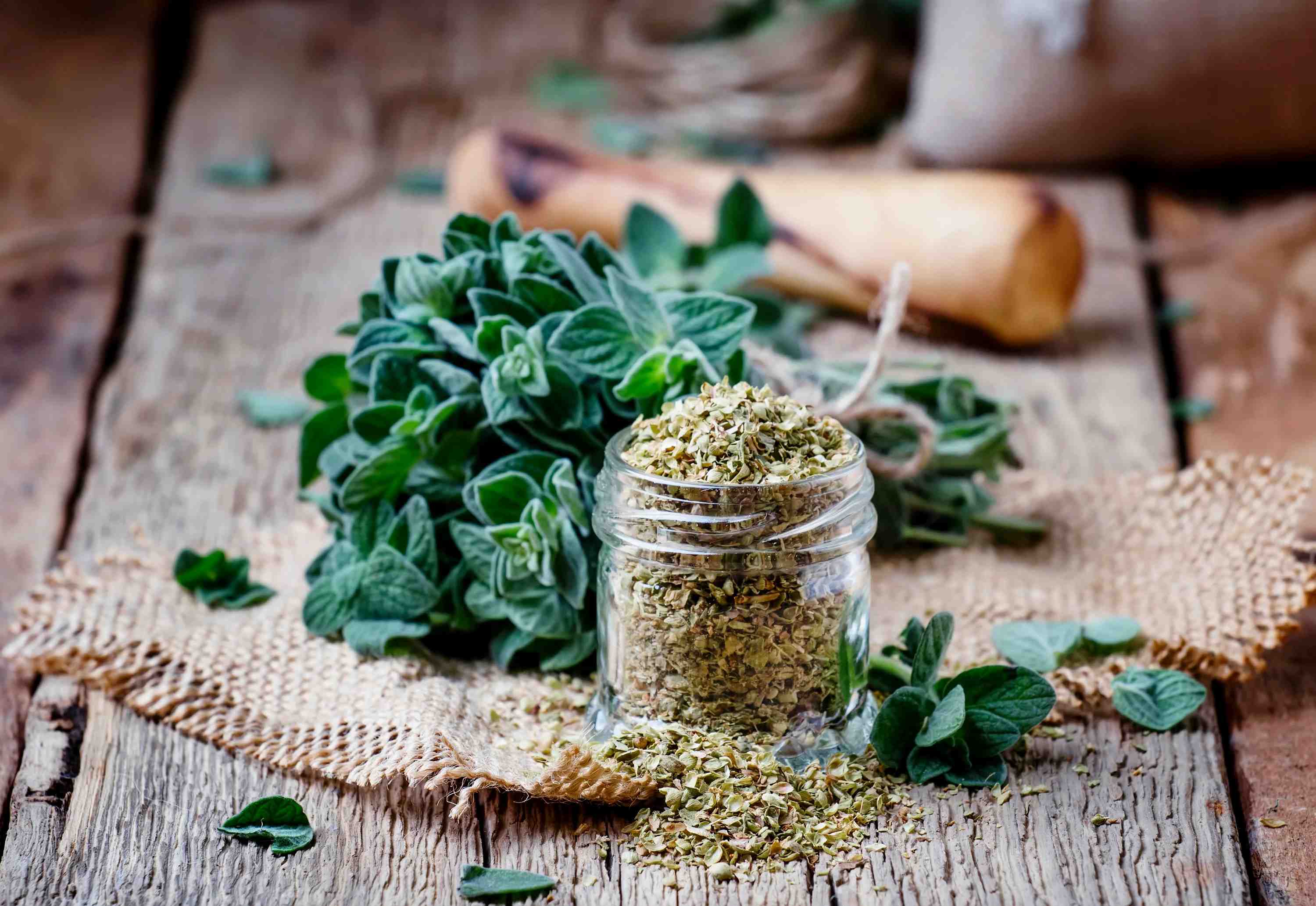Home>Gardening News and Trends>Latest News>What Perennials Do Hummingbirds Like
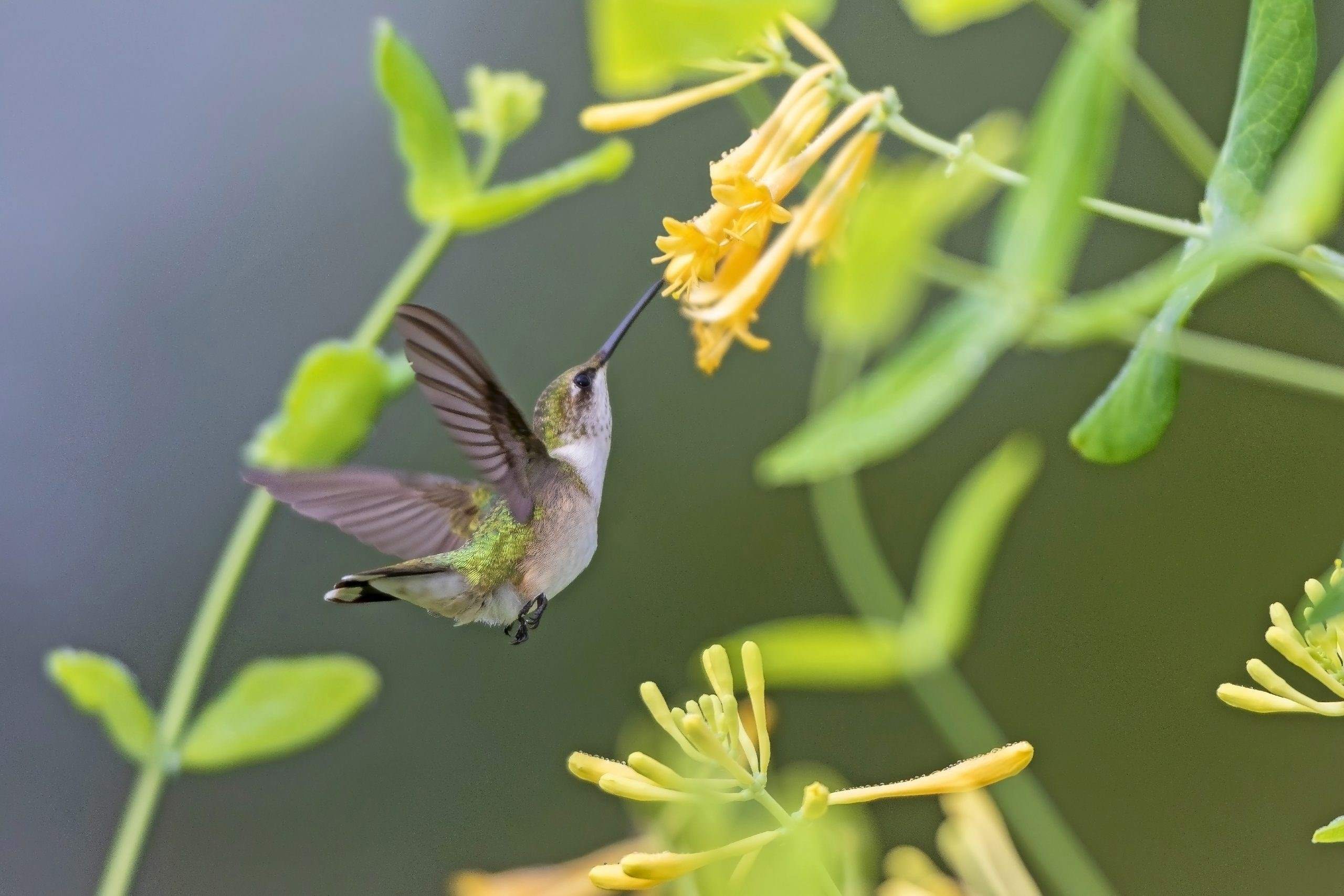

Latest News
What Perennials Do Hummingbirds Like
Modified: January 22, 2024
Discover the Latest News on What Perennials Do Hummingbirds Like. Learn which flowers attract these enchanting birds to your garden.
(Many of the links in this article redirect to a specific reviewed product. Your purchase of these products through affiliate links helps to generate commission for Chicagolandgardening.com, at no extra cost. Learn more)
Table of Contents
Introduction
Welcome to the fascinating world of hummingbirds! These tiny and vibrant creatures have captured the hearts of bird enthusiasts and nature lovers alike. Known for their incredible agility and iridescent colors, hummingbirds are a joy to watch as they flit and hover from flower to flower. If you have a passion for gardening and want to attract these delightful creatures to your yard, planting the right perennials can make all the difference.
Hummingbirds are not only beautiful to behold, but they also play a crucial role in pollination. By attracting hummingbirds to your garden, you are not only creating a visually stunning environment but also contributing to the ecological balance in your local ecosystem. These tiny birds rely heavily on nectar as their primary source of energy, so planting perennial flowers that provide abundant nectar is essential to attract them.
Choosing the right perennials for hummingbirds may seem daunting at first, especially with the wide array of options available. However, by understanding the characteristics that hummingbirds are drawn to and considering their preferences, you can create a haven that will entice these delightful birds to visit your garden time and time again.
This comprehensive guide will walk you through the process of selecting the perfect perennials for attracting hummingbirds. We will explore the specific characteristics that hummingbirds look for in flowers, and provide a list of some of the best perennial flowers that are well-loved by these colorful visitors. Additionally, we will share some valuable tips and tricks for creating an inviting environment that will keep the hummingbirds coming back year after year.
So, get ready to embark on a journey into the world of hummingbird-friendly perennials. With the right knowledge and a little bit of planning, you can transform your garden into a vibrant oasis that will attract these enchanting birds and provide you with hours of enjoyment.
Why Attract Hummingbirds?
Attracting hummingbirds to your garden goes beyond adding a touch of beauty and charm. These wonderful little creatures offer numerous benefits that make them a welcome addition to any outdoor space.
First and foremost, hummingbirds are exceptional pollinators. As they flit from flower to flower in search of nectar, they inadvertently transfer pollen from one plant to another, aiding in the fertilization process. This pollination is vital for the reproduction of many plant species, including both wildflowers and cultivated plants. By attracting hummingbirds, you are supporting the overall health and diversity of your garden ecosystem.
Hummingbirds also play a crucial role in controlling insect populations. While nectar is their primary source of nourishment, hummingbirds are known to consume a significant number of small insects such as gnats, mosquitoes, and aphids. These insects can be harmful to plants and disrupt the overall balance of your garden. By welcoming hummingbirds, you are inviting natural pest control that will help to keep your plants healthy and thriving.
Beyond their ecological benefits, hummingbirds are a joy to observe. Their high-speed flights, aerial acrobatics, and unique hovering abilities are a marvel to witness. These birds are incredibly active, and their presence will add energy and excitement to your garden. Imagine the pleasure of sitting on your porch or patio and watching these tiny aviators darting among the flowers, their wings a blur of vibrant colors.
Furthermore, attracting hummingbirds can be a source of relaxation and stress relief. Spending time in nature has been proven to have numerous health benefits, including reducing anxiety and improving overall well-being. The serene and calming presence of hummingbirds in your garden can provide a welcome escape from the hustle and bustle of daily life.
Lastly, attracting hummingbirds to your garden can be a rewarding educational opportunity. Observing these birds up close allows for a deeper understanding of their behaviors, feeding habits, and life cycles. It’s a chance to connect with nature and foster a sense of wonder and appreciation for the delicate balance of the natural world.
Overall, attracting hummingbirds to your garden is a win-win situation. From their important role as pollinators and natural pest control to the sheer joy and beauty they bring, these tiny birds offer a multitude of reasons to welcome them into your outdoor space.
Choosing Perennials for Hummingbirds
When it comes to selecting perennials for attracting hummingbirds, there are a few key factors to keep in mind. Understanding the characteristics that hummingbirds are drawn to will help you make informed choices and create a garden that is irresistible to these lovely visitors.
The first consideration is the color of the flowers. Hummingbirds are particularly attracted to bright, vibrant colors such as red, orange, and pink. These colors stand out to the birds and signal a high nectar content in the flowers. Incorporating a variety of colorful blooms in your garden will increase your chances of attracting hummingbirds.
Another important factor is the shape of the flowers. Hummingbirds have long, thin beaks that are perfectly adapted for accessing nectar from tubular or trumpet-shaped flowers. Look for perennials with these types of flowers to provide easy access for the hummingbirds. Some examples of tubular flowers that hummingbirds love are columbines, salvias, and penstemons.
Fragrance is also a consideration when choosing perennials for hummingbirds. While hummingbirds primarily rely on sight to locate flowers, some species may be attracted to certain scents. Flowers with a sweet, citrusy, or aromatic fragrance can be an added bonus to attract these delightful birds. However, keep in mind that not all hummingbird-friendly flowers are strongly scented and it is not a prerequisite for attracting them.
It’s important to note that different species of hummingbirds may have varying preferences when it comes to flower characteristics. Some species have longer beaks, while others have shorter beaks, which may impact their ability to access certain types of flowers. Therefore, it is a good idea to include a variety of flower shapes and sizes in your garden to accommodate different hummingbird species.
Additionally, consider the bloom time of the perennials you choose. Hummingbirds have high metabolisms and require a steady supply of nectar throughout the day. By selecting perennials that bloom at different times throughout the growing season, you can ensure a continuous source of nectar for the hummingbirds. This will also provide you with the benefit of enjoying a colorful garden all season long.
Lastly, be mindful of the overall habitat that you create. Incorporate a variety of plants with different heights, shapes, textures, and structures to create a diverse and inviting environment for hummingbirds. Provide perches, such as small trees or trellises, where the birds can rest and survey their surroundings.
By considering these factors – color, shape, fragrance, bloom time, and habitat – you can select the perfect perennials for your garden that will attract hummingbirds and create a beautiful haven for these fascinating creatures.
Characteristics of Hummingbird-Friendly Perennials
If you want to attract hummingbirds to your garden, it’s essential to understand the characteristics that make perennials appealing to these delightful birds. By selecting plants with specific attributes, you can create a welcoming environment that hummingbirds will find irresistible.
One important characteristic is the nectar content of the flowers. Hummingbirds rely heavily on nectar as their primary source of energy. Look for flowers that produce ample amounts of nectar, as this will be particularly attractive to the birds. Perennials with long, tubular flowers are often rich in nectar and make perfect feeding stations for hummingbirds.
The color of the flowers is another crucial characteristic. Hummingbirds are strongly attracted to bright, vibrant colors, especially shades of red, orange, and pink. These hues stand out to the birds and are easily visible even from a distance. Incorporating a variety of colorful blooms in your garden will increase the likelihood of attracting hummingbirds.
Flower shape is also an important consideration. Hummingbirds have long, slender beaks that are adapted for reaching deep into tubular or trumpet-shaped flowers. These shapes allow the birds to access the nectar easily. Some popular perennials with tubular flowers that hummingbirds adore include bee balm (Monarda), trumpet creeper (Campsis radicans), and cardinal flower (Lobelia cardinalis).
Fragrance, although not as crucial as color and shape, can still play a role in attracting hummingbirds. While hummingbirds primarily rely on sight to locate flowers, certain scents may appeal to them. Flowers with a sweet or citrusy aroma can be an added incentive for the birds to visit your garden. Honeysuckle (Lonicera), jasmine (Jasminum), and phlox (Phlox paniculata) are a few examples of perennials that provide both visual appeal and delightful fragrance.
In addition to these specific characteristics, it’s important to consider the overall health and condition of the perennial plants. Hummingbirds are attracted to flowers that are in prime condition, with fresh, abundant nectar. Ensure that you provide proper care to your perennials, including regular watering, adequate sunlight, and proper fertilization.
Furthermore, creating a diverse habitat for hummingbirds is essential. Incorporate a variety of perennials with different heights, shapes, and textures. This diversity will not only provide a visually appealing garden but also offer a range of feeding opportunities for the birds. The presence of trees, shrubs, and vines can also provide nesting sites and shelter for hummingbirds.
By selecting perennials with these characteristics – ample nectar, vibrant colors, tubular or trumpet-shaped flowers, pleasant fragrance, and a diverse habitat – you can create a hummingbird-friendly garden that will attract these delightful visitors and provide you with endless joy and fascination.
Best Perennials for Hummingbirds
When it comes to attracting hummingbirds to your garden, certain perennials are particularly beloved by these beautiful and energetic birds. By including these plants in your garden, you can create a haven that will be irresistible to hummingbirds throughout the seasons.
- Bee Balm (Monarda): Known for its tubular flowers in eye-catching shades of red, pink, and purple, bee balm is a favorite of hummingbirds. Not only does it provide abundant nectar, but it also adds a vibrant splash of color to your garden.
- Trumpet Vine (Campsis radicans): This vine produces stunning trumpet-shaped flowers in vibrant orange or red hues. Its prolific blooming and generous nectar flow make it a top choice for attracting hummingbirds.
- Cardinal Flower (Lobelia cardinalis): With its tall spikes of bright red tubular flowers, the cardinal flower is a magnet for hummingbirds. Its rich nectar and striking beauty make it a staple in hummingbird gardens.
- Honeysuckle (Lonicera): Certain varieties of honeysuckle produce sweetly scented tubular flowers that hummingbirds adore. The combination of fragrance and nectar makes it an excellent choice for attracting these delightful birds.
- Salvia (Salvia): Available in a wide range of colors, salvias offer an abundance of nectar in their tubular flowers. The long bloom time and low maintenance of salvias make them a popular choice for both gardeners and hummingbirds.
- Columbine (Aquilegia): With their unique bell-shaped flowers and varied color options, columbines are a delightful addition to any garden. Hummingbirds are particularly attracted to the nectar-rich spurs of the columbine flowers.
- Penstemon (Penstemon): These perennials feature tall spikes of tubular flowers in shades of pink, red, purple, and white. Penstemons provide copious amounts of nectar and are known to be hummingbird favorites.
These are just a few examples of the best perennials for attracting hummingbirds. Other plants that are highly appealing to hummingbirds include delphiniums, hostas, phlox, and lupines. By including a mix of these perennials in your garden, you can create a diverse and attractive landscape that will captivate both hummingbirds and human observers.
Remember, when selecting perennials for your hummingbird garden, consider their bloom time and aim for a mix of plants that will provide a continuous source of nectar throughout the seasons. This will ensure that your garden remains a reliable feeding ground for these beautiful creatures.
By planting these hummingbird-friendly perennials, you will not only create a breathtakingly beautiful garden but also provide a valuable food source and habitat for these fascinating birds.
Other Tips for Attracting Hummingbirds
While selecting the right perennials is crucial for attracting hummingbirds, there are additional steps you can take to create an inviting environment that will entice these charming birds to visit your garden. Here are some other tips to consider:
- Provide a water source: Hummingbirds not only need nectar but also require water for drinking and bathing. An easy way to provide this is by setting up a small birdbath or shallow dish with fresh water. Be sure to clean and refill it regularly to maintain hygiene.
- Limit pesticide use: Hummingbirds are sensitive to pesticides and chemicals. Minimize their exposure by using natural pest control methods and avoiding chemical-laden insecticides in your garden. This will help ensure a safe and healthy habitat for these delicate birds.
- Offer perching spots: Hummingbirds need places to rest and observe their surroundings. Include some small trees, shrubs, or trellises in your garden to provide perching opportunities for the birds.
- Plant in clusters: To create a more concentrated and visually appealing display for hummingbirds, plant perennials in clusters rather than scattering them individually. This will make it easier for the birds to locate the abundant nectar sources.
- Hang hummingbird feeders: Supplement the natural nectar sources in your garden with hummingbird feeders. These can provide additional nourishment for the birds, especially during times when natural nectar sources may be scarce. Make sure to clean and refill the feeders regularly to prevent the growth of bacteria.
- Provide shelter and nesting sites: Hummingbirds need shelter and nesting areas to raise their young. Include bushes, trees, and vines that can serve as nesting sites and offer protection from predators and inclement weather.
Remember, creating a hummingbird-friendly garden is an ongoing process. By continually maintaining and improving your garden habitat, you can provide a welcoming space that will attract hummingbirds year after year.
Lastly, don’t forget to enjoy the experience of observing these fascinating creatures. Grab a comfortable chair, sit back, and savor the moments as you witness the aerial displays and vibrant colors of hummingbirds right in your own backyard.
Conclusion
Creating a hummingbird-friendly garden filled with perennial flowers is a rewarding endeavor that not only adds beauty to your outdoor space but also contributes to the ecological balance and enjoyment of nature. By understanding the characteristics that attract hummingbirds and carefully selecting the right perennials, you can create a haven that will entice these delightful birds to visit and provide you with endless entertainment.
Remember, when choosing perennials for hummingbirds, consider factors such as nectar content, vibrant colors, tubular or trumpet-shaped flowers, and even fragrance. By incorporating a mix of these attributes, you can ensure a diverse and enticing selection of plants that will appeal to a variety of hummingbird species.
In addition to selecting the right perennials, consider other tips for attracting hummingbirds, such as providing a water source, limiting pesticide use, offering perching spots, planting in clusters, and hanging hummingbird feeders. By providing a well-rounded habitat, you can create a welcoming space that fulfills the needs of these tiny aviators.
As you watch hummingbirds flutter and feed in your garden, take the time to appreciate their incredible beauty and unique behaviors. These lively creatures bring joy, wonder, and a sense of connection to the natural world. So, sit back, relax, and enjoy the enchanting presence of hummingbirds in your own backyard.

